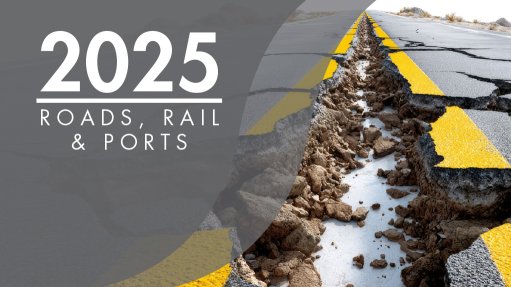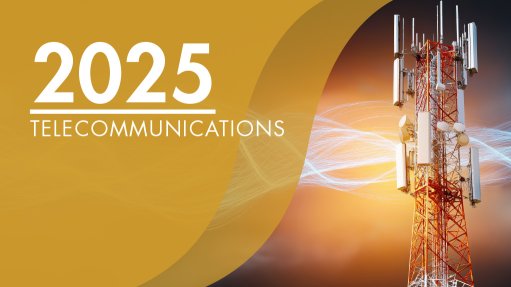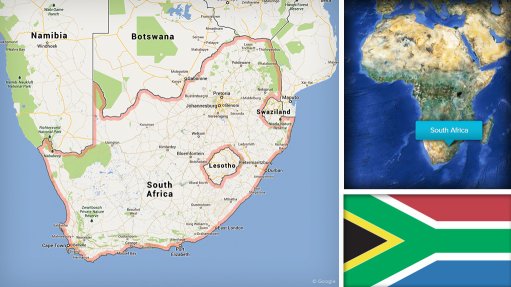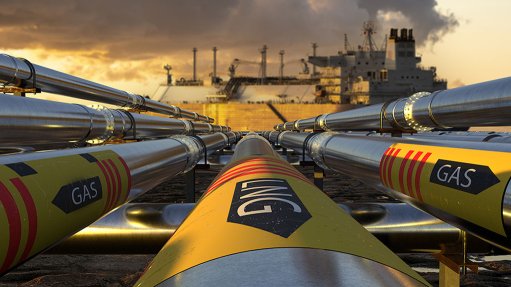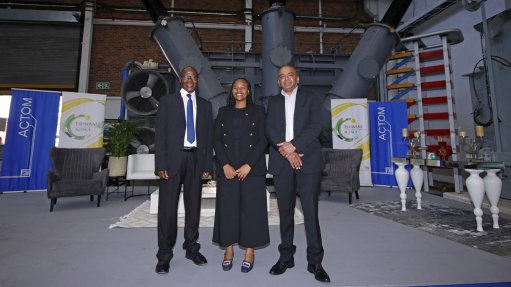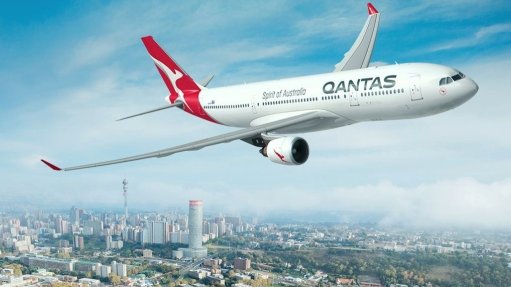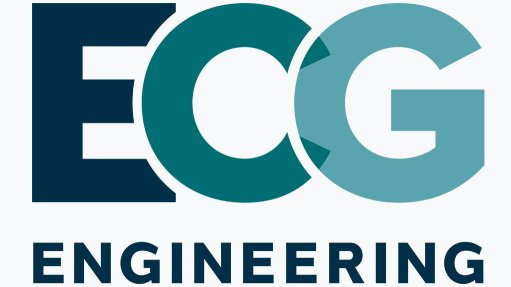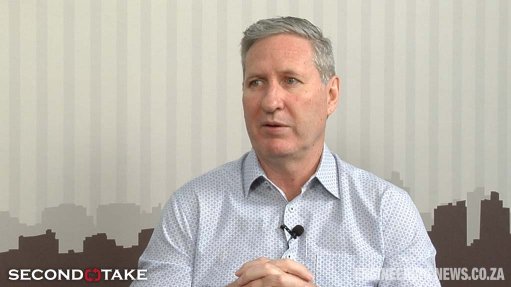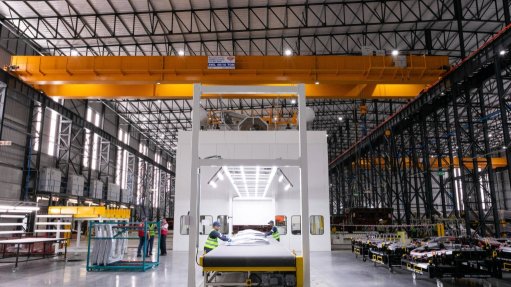Water meet your (digital) twin
This article has been supplied.
By: Peter Marumong - Cluster WWW Segment Leader at Schneider Electric
In South Africa, where ageing infrastructure is affecting the supply of water to communities and businesses, projects need to be developed and implemented efficiently, with minimal delays.
Digital twins now serve as an important tool to modernise this ageing infrastructure. As virtual replicas of physical assets, digital twins can integrate real-time data and advanced modelling, allowing engineers to assess the potential impact of proposed changes.
Importantly, digital twins can identify risks, optimise efficiency, and highlight necessary adjustments in the design phase rather than after construction begins.
This ensures that infrastructure upgrades are informed by predictive analytics, reducing delay, minimise costs, and enhancing reliability. It is virtual technology at its finest with a strong layer of intelligence that can go a long way in significantly improving water infrastructure upgrades and management thereafter.
Twinning for the win
As mentioned, the digital twin environment allows operators to emulate changes in equipment, networks, and infrastructure before making any physical modifications. In the case of water management, digital twin technology offers benefits such as:
- Enhanced visibility - operators can monitor the water network in real time, gaining insights into equipment performance and potential failures before it occurs.
- Optimised maintenance - predictive maintenance strategies, informed by AI-driven data analysis, help utilities reduce unplanned downtime and extend asset lifespan.
- Reduced energy consumption - by analysing operational data, digital twins help optimise energy use, particularly in energy-intensive processes like desalination.
- Support for proactive decision-making - simulating various scenarios allows utilities to assess the impact of upgrades or replacements without physical intervention, mitigating risks and reducing costs.
Digital twin technology at work
Schneider Electric’s digital twin technology has been successfully implemented in the water industry across the globe. As a prime example, the Tekniska verken water utility in Linköping, Sweden has utilised Schneider Electric’s EcoStruxure Water Advisor-Water Simulation software to create a real-time digital twin.
This implementation has helped the municipal water utility optimise their operations, reduce water losses to 8% (half of the national average), and ensure uninterrupted service to the city's 150,000 inhabitants.
Furthermore, the digital twin technology enables Tekniska verken to predict and assess risks related to pressure or flow variations, making it a crucial tool in their efforts to detect and address water leaks.
Schneider Electric’s AI-powered digital twin solutions are also helping operators identify patterns in energy use and optimise desalination processes. One customer, based in the Red Sea, reported a 20% improvement in operational efficiency after deploying Schneider Electric’s digital solutions.
By leveraging our AI-powered digital twin solutions to analyse fast-moving data and repetitive patterns, utilities can significantly reduce the energy footprint of desalination plants, making water treatment more sustainable and cost-effective.
As water demand continues to grow, municipalities and utilities must adopt solutions that safeguard this vital resource. Digital twin technology is providing an important solution, allowing for smarter, data-driven decision-making in today’s water infrastructure management.
Article Enquiry
Email Article
Save Article
Feedback
To advertise email advertising@creamermedia.co.za or click here
Comments
Press Office
Announcements
What's On
Subscribe to improve your user experience...
Option 1 (equivalent of R125 a month):
Receive a weekly copy of Creamer Media's Engineering News & Mining Weekly magazine
(print copy for those in South Africa and e-magazine for those outside of South Africa)
Receive daily email newsletters
Access to full search results
Access archive of magazine back copies
Access to Projects in Progress
Access to ONE Research Report of your choice in PDF format
Option 2 (equivalent of R375 a month):
All benefits from Option 1
PLUS
Access to Creamer Media's Research Channel Africa for ALL Research Reports, in PDF format, on various industrial and mining sectors
including Electricity; Water; Energy Transition; Hydrogen; Roads, Rail and Ports; Coal; Gold; Platinum; Battery Metals; etc.
Already a subscriber?
Forgotten your password?
Receive weekly copy of Creamer Media's Engineering News & Mining Weekly magazine (print copy for those in South Africa and e-magazine for those outside of South Africa)
➕
Recieve daily email newsletters
➕
Access to full search results
➕
Access archive of magazine back copies
➕
Access to Projects in Progress
➕
Access to ONE Research Report of your choice in PDF format
RESEARCH CHANNEL AFRICA
R4500 (equivalent of R375 a month)
SUBSCRIBEAll benefits from Option 1
➕
Access to Creamer Media's Research Channel Africa for ALL Research Reports on various industrial and mining sectors, in PDF format, including on:
Electricity
➕
Water
➕
Energy Transition
➕
Hydrogen
➕
Roads, Rail and Ports
➕
Coal
➕
Gold
➕
Platinum
➕
Battery Metals
➕
etc.
Receive all benefits from Option 1 or Option 2 delivered to numerous people at your company
➕
Multiple User names and Passwords for simultaneous log-ins
➕
Intranet integration access to all in your organisation







